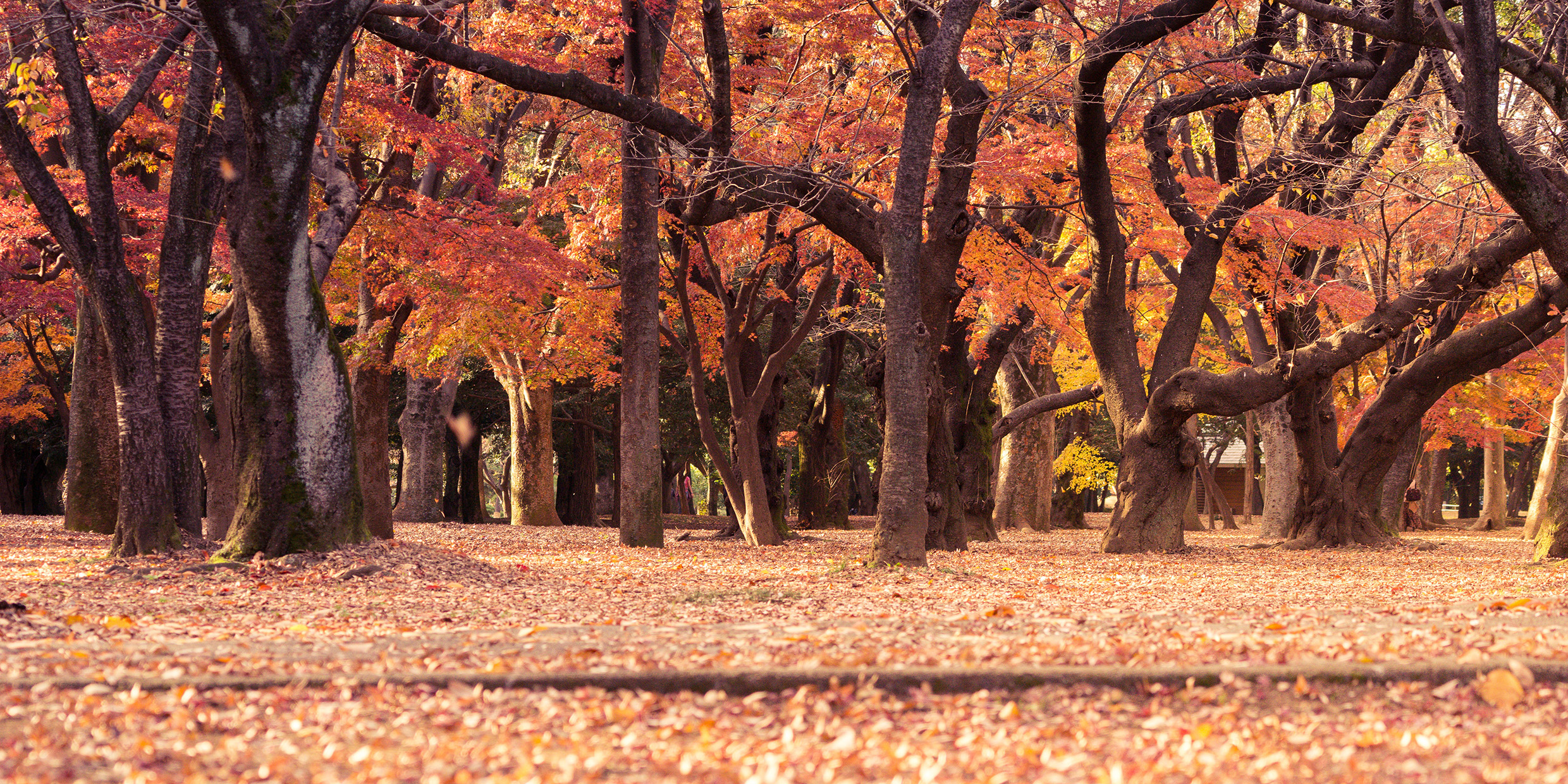Originally published 28 July 1986
In the basement of the Ames Free Library in my town of Easton, out of public view, are 14 huge volumes that were among the first acquisitions of the library, and still, after almost a hundred years, remain the largest volumes in the collection.
They are Charles Sprague Sargent’s Silva of North America. A silva is a description of the trees of a certain area. Sargent undertook to describe all of the trees of our continent. His 14-volume compendium is one of the great works of 19th century science. It is a book that is as Yankee as a cod and as Boston as baked beans.
It was exactly one hundred years ago that Sargent began working on the Silva in earnest — writing the text, supervising the production of the magnificent illustrations by Charles Faxon, and traveling about the continent to collect specimens and observe trees in their natural habitats.
When the work was published it met with universal acclaim. No one who knew Sargent as a youth could have predicted it.
Charles Sprague Sargent was born into one of the great Yankee families of Boston. The Sargent genealogical tree includes names like Saltonstall, Brooks, Winthrop, Everett, Gray, Ward, and Hunnewell. The family is perhaps best known for the painter John Singer Sargent and Governor Francis W. Sargent, but many other Sargents have distinguished themselves in business, public service, or the arts.
Classic Yankee upbringing
Charles Sprague Sargent’s father was a prominent businessman. When Charles was born, the family lived on Joy Street on Beacon Hill. Soon they moved permanently to their summer estate in Brookline, called Holm Lea. Holm Lea consisted of 130 acres of handsome parkland and gardens. It was the largest personal estate so close to Boston.
Charles had a classic Yankee education — private school, then Harvard. He served in the Union Army during the Civil War and traveled in Europe. When he returned to Boston in 1868 his record as a scholar, soldier, and traveler gave no hint of future distinction. He was 27 years old and disinclined to enter the family business. He took up the management of his father’s estate and fell willy-nilly into horticulture. An interest in horticulture and the design of gracious garden estates was one of the common enthusiasms of moneyed gentlemen in Sargent’s social class.
In 1872, to everyone’s surprise, President Charles Eliot of Harvard named Sargent professor of horticulture. The next year Sargent was given responsibility for Harvard’s Botanic Garden in Cambridge and the new Arnold Arboretum in Jamaica Plain.
His qualifications?
According to Sargent’s biographer, S. B. Sutton, he “was little more than a glorified gardener.” Of course, it helped to have the right connections, at a time and in a city where connections were everything.
Charles Sprague Sargent was the archetypal Yankee: aristocratic, aloof, taciturn, reserved. On the outside he was a bit of a cold fish. But like many Yankees, once fired with an inner passion his energy was unflagging. He built the Arnold Arboretum into the magnificent institution it is today. He was an early champion in the cause of conservation and the creation of the National Forests. And he made himself master of his particular branch of knowledge. His great book was a monument of its time.
A magisterial text
The kind of science represented by Sargent’s Silva of North America is typically Victorian. It is a science of description and classification. It is a science that prided itself on comprehensive collections proudly displayed. It is a science that was never far removed from the realm of the senses.
To leaf through the 14 volumes of Sargent’s remarkable book is like a journey back in time. Today’s science tends to be abstract and cerebral; Sargent’s Silva gives a good Victorian rush to the senses. The hefty weight of the volumes, the big bold print, the lush Latin names, the anecdotal footnotes, the magisterial text, and above all the elegant finely-rendered art of Charles Faxon — all appeal as much to the hand and the eye as to the intellect. The Silva of North America is a kind of Arnold Arboretum of the printed page — a wealthy man’s personal estate turned into a great instrument of public instruction.
The naturalist John Muir wrote of Sargent: “While all his surroundings were drawing him toward a life a fine pleasure and the cultivation of the family fortune, he chose to live laborious days in God’s forests, studying, cultivating, the whole continent as his garden.” The effusiveness of Muir’s language is very un-Sargent, very un-Yankee, but the sentiment is exact.



